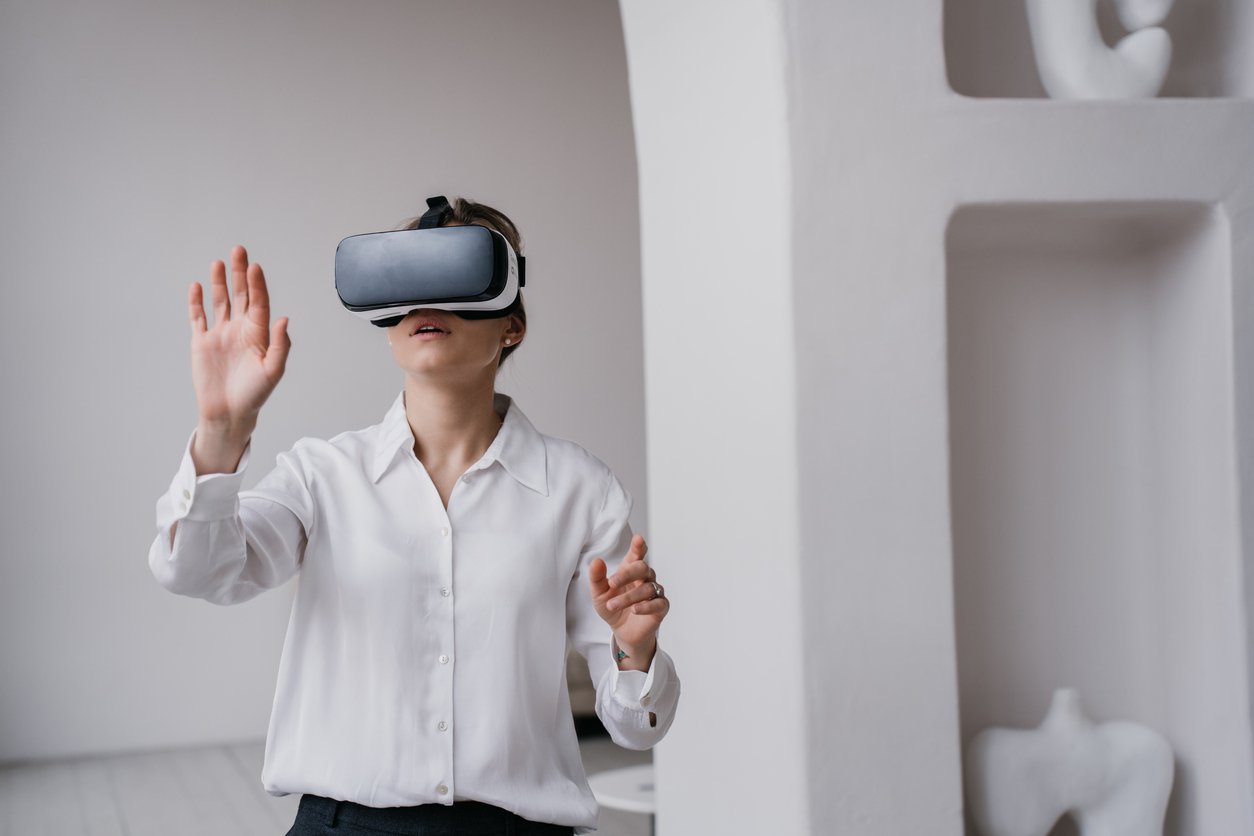Simulating sight: advancing visual prostheses through research
In collaboration with the Donders Institute and Radboud University, researchers at the Netherlands Institute for Neuroscience have developed an open-source simulator to advance research into visual prostheses. This innovative tool, offers a glimpse into the future of artificial vision and provides a valuable resource for researchers worldwide.
A solution for blindness?
Blindness affects approximately 40 million people globally, a number expected to rise in the coming years. Broadly, patients with vision loss fall into two categories: those with damage to the retina or optic nerve, and those with damage further along in the visual system. While retinal prostheses are already being developed and clinically tested for the first group, solutions for the second group remain more complex.
A promising approach for these patients is direct cortical stimulation. By implanting electrodes in the brain’s visual cortex and applying weak electrical currents, researchers can generate tiny points of light known as ‘phosphenes’. This prosthesis converts camera input into electrical stimulation of the cortex, bypassing damaged visual pathways and enabling some form of sight. The effect is comparable to a digital display where individual light points create a recognisable image. This video shows an example fragment of the simulator with a normal image (left), an image automatically extracting the edges from the normal image (middle), and the final image with 100 electrodes (right):
Simulated phosphene vision
Rather than waiting for implants to be tested in blind individuals, researchers use simulations to estimate how many light points are needed to recognise objects, such as a door. Known as simulated phosphene vision, this method has been tested using simplified patterns—typically, neatly arranged rectangular pixels on a screen or through VR glasses. While useful, these simulations do not fully replicate vision with a prosthesis.
To enhance realism, the team developed and validated models based on extensive research, comparing simulated results with real-world experiences. They found that phosphene shapes and sizes vary significantly depending on stimulation parameters. For instance, increasing current spreads stimulation across more neurons, producing larger bright spots. Electrode placement also influences perception. By adjusting these variables, researchers refine how artificial vision is represented.
Award-Winning Innovation
This project, led by the Donders Institute and the Netherlands Institute for Neuroscience, has received widespread recognition, including the Best Digital Innovation award from Computable last year. If you would like to learn more then read the newsarticle on the website of the Netherlands Institute for Neuroscience or the publication in eLife.

